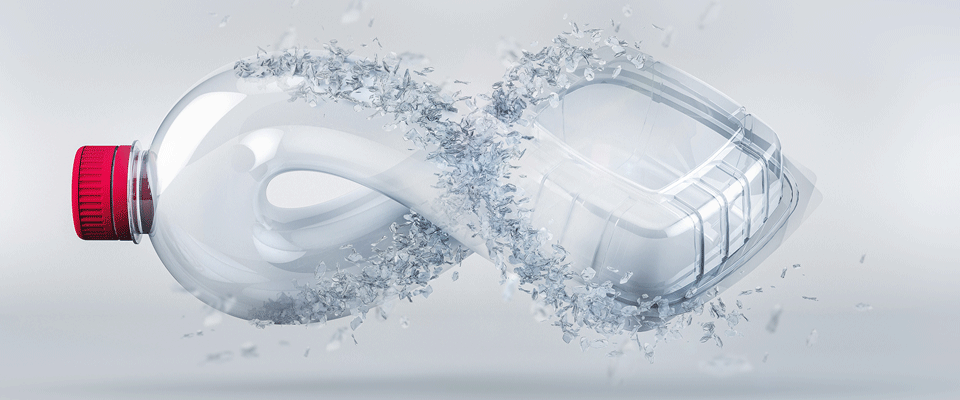To take a look at the recycling quantities in Europe helps to put this number in relation. An estimated 4.3 million tons of PET packaging waste is generated annually in the European Union and around half is actually sorted for recycling.(1) With the capacity installed by Starlinger viscotec, almost the entire amount of collected and sorted PET packaging waste in the European Union could be processed to produce recycled PET (rPET).
Commitment to recycling
Starlinger viscotec is specialised in sheet extrusion lines and plants for recycling and refinement of PET packaging waste into recyclate in food-grade quality for food and beverage packaging applications. “Our solutions make it possible to recycle valuable raw materials. Our partners and customers share our conviction that PET can and must be recycled," says Angelika Huemer, Managing Director of Starlinger GmbH & Co. “To recycle contains the word “CYCLE”. Closing the loop is exactly what recyclers and packaging manufacturers do with Starlinger recoSTAR and viscoSTAR systems: they produce recyclate which is safe for food contact. A beverage bottle can be turned into a beverage bottle again after recycling." For food packaging, PET / rPET currently meets the requirement of a closed loop. A beverage bottle, however, which after recycling becomes, for example, a car interior trim, goes into a so-called "end-of-life" application and thus is lost for the food packaging recycling loop.








